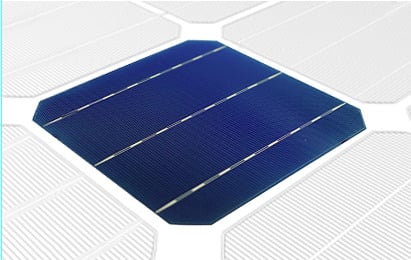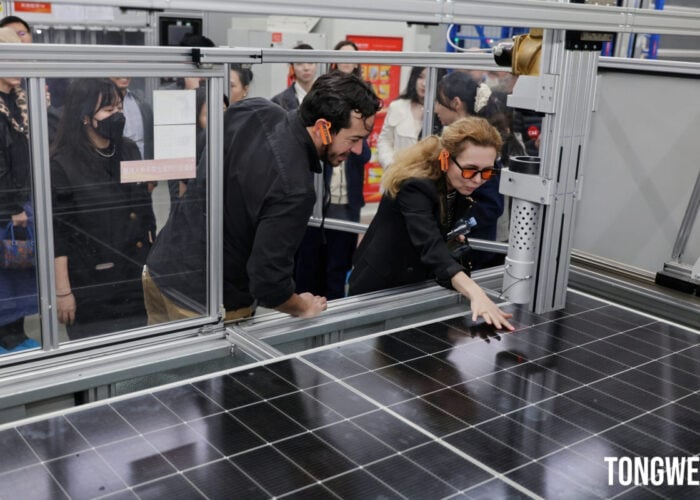
India is considering imposing safeguard duties on the import of solar cells and modules from China and certain other countries, while it continues contemplating imposing anti-dumping measures.
The Directorate General of Anti-Dumping and Allied Duties (DGAD), part of India’s Ministry of Commerce & Industry, has written a letter to the Chinese Embassy in India notifying that DGAD had received a petition from Indian PV manufacturers calling for the initiation of an anti-dumping (AD) investigation relating to imports of cells and modules from China, Taiwan and Malaysia.
Try Premium for just $1
- Full premium access for the first month at only $1
- Converts to an annual rate after 30 days unless cancelled
- Cancel anytime during the trial period
Premium Benefits
- Expert industry analysis and interviews
- Digital access to PV Tech Power journal
- Exclusive event discounts
Or get the full Premium subscription right away
Or continue reading this article for free
Jasmeet Khurana, associate director, consulting at Bridge to India, told PV Tech that officially, the investigation has not yet been initiated. It is still at the petition stage.
The Imposition of any anti-dumping duty, which may be recommended by DGAD after an investigation, can take between 12-18 months, said Khurana. The government also has the option to impose safeguard duties, which can be brought in upfront if it is proven that there has been a sudden surge in imports that may be causing harm to domestic manufacturers. Bridge to India understands that both these options are being discussed.
Khurana said: “Our consistent view has been that imposition of anti-dumping or safeguard duties can put millions of dollars of investment at risk and would be negative for the sector.
“China is strategically investing in its solar sector and accounts for 60% of the global manufacturing and 40% of the global demand. How can other countries, including India, expect to compete if they are not equally ambitious? Now, there is no easy way to compete with the solar sector in China, but making power production more expensive to support uncompetitive manufacturers is not the best available option.”
Only recently, India also imposed a 10% safeguard duty on imports of steel.
The Indian Solar Manufacturers Association (ISMA) filed the solar-based petition – led by Indosolar, Jupiter Solar, and later also Websol – back in June.
Last month, delegations from the US and India also agreed that India has until 14 December this year to enact the ruling of the World Trade Organisation (WTO) against its local content policy for solar equipment, the DCR, one of the last policies that offered a helping hand to domestic manufacturers to compete with cheaper imports.






